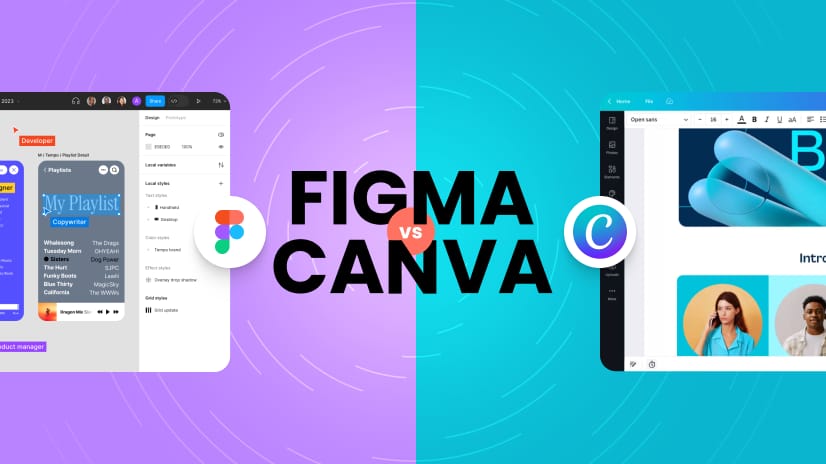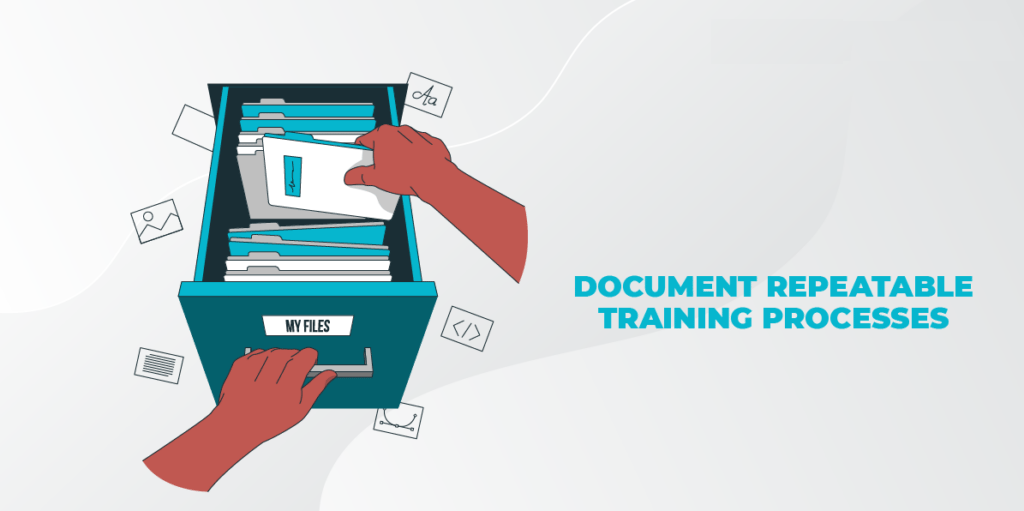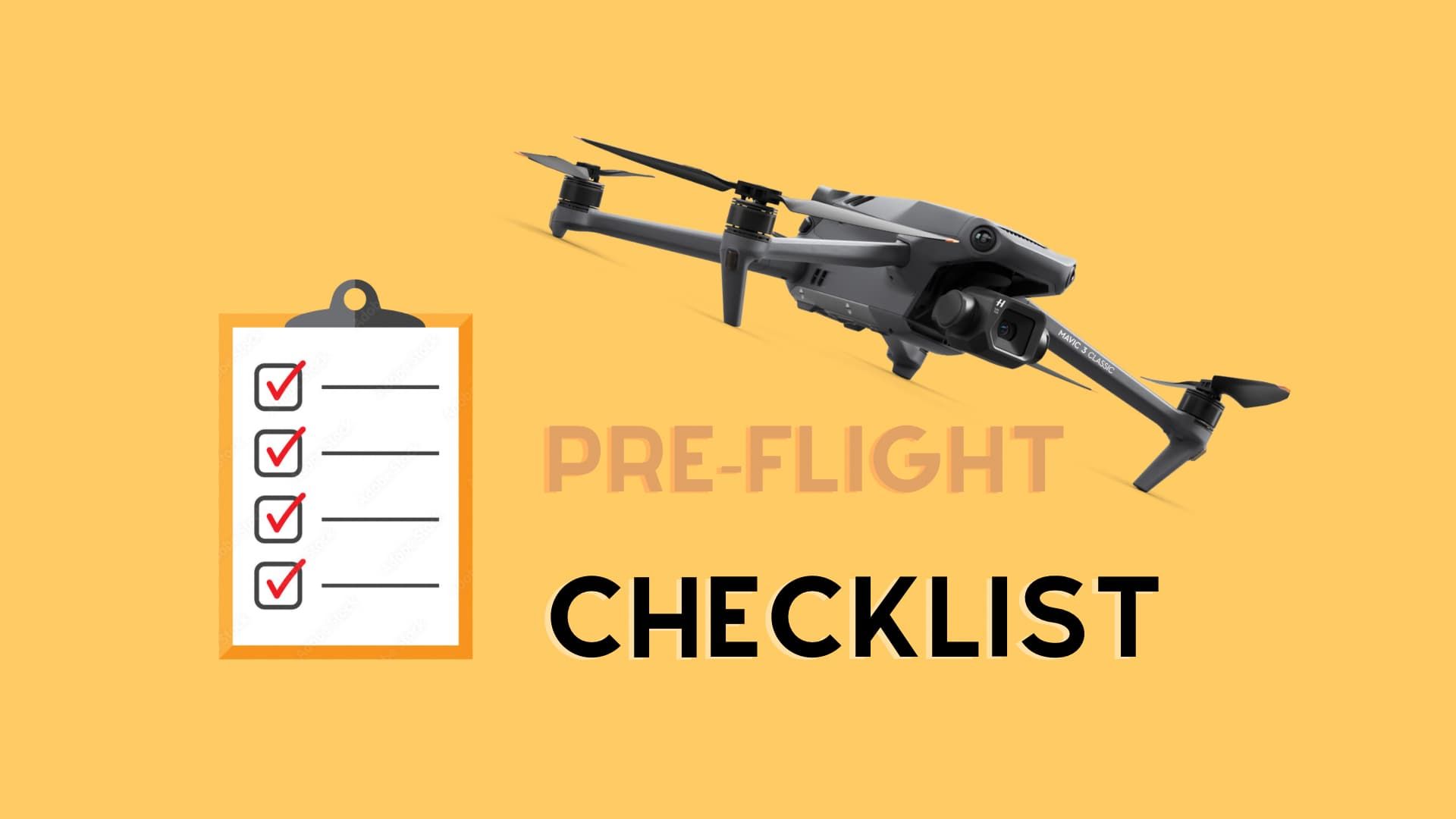- AI Fire
- Posts
- 🗓️ Launch A Real AI Business... In The Next 7 Days
🗓️ Launch A Real AI Business... In The Next 7 Days
Our complete, day-by-day roadmap that takes you from niche selection and branding to your final launch, all in just one week

🚀 What's the Hardest Part of Launching a New Business?This guide is a 7-day launch plan. For aspiring founders, which of these critical steps feels the most intimidating? |
|
Table of Contents
The 7-Day AI Business Launch Plan: Your Complete Roadmap to Success
Ever wondered how some entrepreneurs seem to launch successful AI businesses in a matter of days, while others are stuck in "analysis paralysis" for months on end? Let me tell you a secret: it’s not magic. It’s a system.
The AI space is crowded, confusing, and changing at a dizzying speed. Without a clear plan, it's easy to get lost. This guide is your GPS. It’s a proven, game-changing 7-day framework that will take you from a simple idea to a launched, market-validated AI business faster than you can say "artificial intelligence."

This isn't just about speed, although launching in a week is pretty sweet. It's about structure. It's about eliminating the guesswork and focusing only on the critical tasks that actually move the needle. Ready? Your launch countdown starts now.
Day 1: Business Discovery and Niche Domination
The first day is all about strategy. It's about surveying the entire battlefield, choosing your single point of attack, and scouting the competitive landscape. A well-executed Day 1 is what separates a focused, successful AI business launch from a chaotic, failed one.

Morning: The Great AI Audit
Your day begins with a process called "The Great AI Audit." This is not about finding the most exotic AI tool; it's about identifying real, painful, and expensive business problems that AI can solve better, faster, or cheaper than the current solutions.
Your Discovery Framework
Identify the Pain: Start by listing 10 real business problems you have personally experienced or witnessed. Think of things like "scheduling new client meetings is a nightmare" or "customer support takes forever to respond."
Map the AI Solution: For each problem, ask a simple question: "Could AI automation, analysis, or generation solve this more effectively?" Be ruthless. Not every problem is a good fit for an AI solution.
Validate the Market: Use tools like Google Trends and Reddit discussions to confirm that people are already paying money to solve these problems. You are looking for existing demand, not trying to create a new market from scratch.

Afternoon: The Niche Selection Strategy
This is the step where most new entrepreneurs fail. They try to boil the ocean and build a solution "for everyone." The correct strategy is the opposite. You must pick one specific, well-defined niche where your AI business can become the undisputed, go-to expert.
Your Selection Criteria
It must be specific enough that you can dominate it quickly.
It must be large enough to sustain a real business.
It must be accessible enough for you to understand its problems deeply.
Think "AI-powered scheduling for dental practices," not "AI for healthcare." The riches are in the niches.

Evening: The Competitive Recon Mission
Your day ends with some detective work. You need to send in the scouts to analyze who is already serving your chosen niche. What are they doing well? And, more importantly, where are their weaknesses?
The goal is to find your competitive advantage. Look for gaps in their:
Customer Service Quality.
Pricing Structure.
Feature Completeness.
Overall User Experience.

This isn't about copying what your competitors are doing. It's about finding the area where you can be ten times better.
Learn How to Make AI Work For You!
Transform your AI skills with the AI Fire Academy Premium Plan - FREE for 14 days! Gain instant access to 500+ AI workflows, advanced tutorials, exclusive case studies and unbeatable discounts. No risks, cancel anytime.
Day 2: Foundation Building (The "Boring" Stuff That Makes You Rich)
Day 1 was about surveying the land. Day 2 is about pouring the concrete foundation and framing the walls of your new AI business. This is the "boring" but absolutely essential work that prevents the entire structure from collapsing later on.
Morning: The Legal Framework
Getting your legal structure right from the start is non-negotiable. This is the solid foundation upon which your entire business will be built. The key here is to keep it simple but professional.
Business Registration: Choose a simple business structure. For most new AI business services, an LLC is the perfect sweet spot.
Business Bank Account: Immediately open a separate bank account for your business. Do not mix your personal and business finances.
Basic Insurance: In the world of AI, professional liability insurance is not optional. It is an essential protection for your new venture.
Terms of Service: Use a reputable online template to create your initial Terms of Service and Privacy Policy, and have a lawyer review them once you start generating significant revenue.

LLC service business
Afternoon: The Financial Command Center
This is the electrical wiring and plumbing of your new house. You must have clear visibility into how money is flowing through your business from the very first day. The goal is visibility, not complexity.
You must set up a simple system to track your most important financial metrics:
Customer Acquisition Cost (how much it costs to get a new customer).
Monthly Recurring Revenue (the lifeblood of your business).
Profit Margins on each of your services.
A simple tool like QuickBooks or even a well-organized spreadsheet is all you need to start.

Evening: The "Ghost" Org Chart
This is the architectural blueprint for the company you will one day build. Even if you are starting as a solo founder, you must plan for growth from the beginning.
Identify the first three "hats" you will be wearing:
The Technician (the person who builds the AI solutions).
The Marketer (the person who gets the clients).
The Operator (the person who ensures the clients are happy).

Your most important task this evening is to start documenting the processes for each of these three roles. This documentation is what will eventually allow you to hire and delegate these tasks, enabling you to "fire yourself" from the day-to-day work and focus on being the CEO.
Day 3: Branding That Doesn't Suck
Day 2 was about building a solid foundation. Day 3 is about building your "superhero identity." A strong brand is what separates a memorable, professional business from a forgettable, amateur one. It must instantly communicate what you do, who you serve, and why you're different.
Morning: Your Brand's "Origin Story"
This is where you define your mission. You must be able to articulate your value proposition in a single, powerful sentence. The best way to do this is with a simple and proven framework.
The One-Sentence Mission Statement:
We help [a specific audience] achieve [a specific outcome] through [your unique approach] without [their main pain point].An Example in Action
We help dental practices automate their patient communications through intelligent AI systems without losing the personal touch.
Example for AI Fire
This one sentence tells a potential client everything they need to know. It's clear, it's specific, and it's focused on the outcome they care about.
Afternoon: The "Superhero Costume"
You don't need to spend thousands on a custom-designed suit, but you do need a consistent and professional costume. The goal is consistency, not complexity.
You need to establish three core visual elements:
A simple, professional logo.
A tight color palette (2-3 primary colors is all you need).
Clean and readable font choices for your headers and body text.

AI Fire’s logo
Powerful, user-friendly tools like Canva or Figma make it easy for anyone to create these professional-looking materials without needing a design degree or breaking the bank.

Evening: Building the "Bat-Signal"
This is where you set up your digital house and project your "Bat-Signal" into the sky so that your ideal customers can find you.
The goal is to establish your foundational digital footprint.
The Domain and Website: Secure your domain name. You don't need a complex, 20-page website to start. A simple, clean, one-page site that clearly states your value proposition is all you need.
The Social Media Outposts: Do not try to be everywhere at once. Focus on only 1-2 platforms where your ideal customers actually spend their time.
The Professional Email: Set up a professional email address that uses your new domain (e.g.,
[email protected]).

Day 4: The "Irresistible Offer" - Designing Your Product
Day 4 is about being a master chef. This is where you design your "menu" of services, create your recipe cards, and prepare for picky eaters. A well-designed offer is what makes the sales process easy and natural.
This is where you design the packages that your clients will actually buy. The most effective way to do this is with the classic "Good, Better, Best" framework.
"Good" (Entry Level): A basic, affordable AI solution that solves the single-core problem.
"Better" (The Most Popular): An enhanced solution with additional, high-value features and dedicated support.
"Best" (The Premium Experience): A complete, white-glove solution with full customization and strategic consulting.

The Golden Rule of Pricing
This is a crucial mindset shift. You must price your services based on the value you deliver, not on your costs or the hours you work. If your AI business solution verifiably saves a business $10,000 a month, charging them $2,000 a month is an incredible bargain for them and highly profitable for you.
A good rule of thumb is to price your service at 20-30% of the value it creates.

Afternoon: The "Recipe Cards"
This is where you create the templates that will make your sales process fast, professional, and consistent. You are creating the "recipe cards" for your business.
Create standardized templates for your:
Initial consultation outlines.
Proposal presentations.
Service agreements and contracts.
Project timelines.

Having these ready to go ensures a professional and efficient process for every single prospect, saving you a massive amount of time during your launch.
Evening: The "Pre-Mortem"
This is where you anticipate the "picky eaters" by preparing for their objections. Your goal is not to have a clever rebuttal for everything but to have honest, value-focused answers that address your prospects' legitimate concerns.
List the top 10 objections you're likely to face regarding AI services:
"AI is too complicated for my team to use."
"It's too expensive right now."
"We're not ready for AI."
"I'm worried about this replacing my employees' jobs."

By preparing for these conversations in advance, you position yourself as a confident, trusted advisor.
Day 5: The "Assembly Line" - Building Your Backend Systems
Day 5 is about being a factory manager. You are building the automated assembly line and the internal systems that will allow your AI business to run smoothly and scale efficiently.
Morning: The "Nervous System"
Your Customer Relationship Management (CRM) system is the central nervous system of your business. It provides a single source of truth for all of your customer interactions.
You must set up a simple system (like the HubSpot free tier or a well-structured Airtable base) to track your:
Leads: Where they came from and their current status in your pipeline.
Communications: A history of all interactions with your prospects and clients.
Tasks: Your scheduled follow-ups, project milestones, and deadlines.

Afternoon: The "Factory Floor"
This is where you build the actual factory floor—the repeatable, documented process for delivering your service.
Project Management: Use a tool like Asana, Monday.com, or Notion to create a templated project plan for each new client, with clear phases, milestones, and quality checkpoints.
File Management: Create a logical and scalable folder structure in a tool like Google Drive to organize all of your client files, project assets, and internal templates.
Quality Assurance: Develop a simple checklist that every single deliverable must pass before it is sent to a client. This ensures a consistent, high-quality result every time.

Evening: The "Auto-Pilot"
This is where you put your finances on auto-pilot. Your goal is to minimize manual financial work so you can focus on growth.
Set up automated systems for:

By the end of Day 5, you have not just an idea, but the foundational systems of a real, functioning business.
Creating quality AI content takes serious research time ☕️ Your coffee fund helps me read whitepapers, test new tools and interview experts so you get the real story. Skip the fluff - get insights that help you understand what's actually happening in AI. Support quality over quantity here!
Day 6: The "Megaphone" - Building Your Marketing Engine
Your systems are built. Your offer is clear. Day 6 is about building your megaphone to get the word out to the world.
Morning: The Content Foundation
Content marketing is your long-term growth engine. The key is to write about your audience's painful problems, not your cool AI solutions.
Your foundational content should include:
Problem-Focused Blog Topics: Create articles with titles like "5 Signs Your Business Needs Process Automation" or "The Hidden Costs of Manual Data Entry."
"Show, Don't Tell" Video Content: Create simple screen recordings that show your AI solutions in action. People need to see the magic for themselves.
Credibility-Building Case Studies: Document your early wins, even the small ones. A simple case study is the most powerful piece of marketing material you can create.

Afternoon: Networking and Partnerships
This is where you find the right stages to speak on. Your goal is to identify potential referral sources and strategic partners.
Focus on two key groups:
Complementary Service Providers: Think of web developers, traditional marketing agencies, or accountants who serve the same clients as you but don't offer your specific AI solution.
Industry Associations and Online Communities: Find the digital "watering holes" where your ideal customers congregate.

Your partnership strategy is simple: offer to solve a specific, painful problem for their clients or members, often in exchange for a simple referral.
Evening: The Launch Campaign Plan
This is where you plan your debut event. The goal is to create a coordinated "launch day" announcement across all your channels.
Your plan should include:
Press release or blog post announcing launch.
An email announcement to your personal and professional network.
A social media campaign that provides a stream of high-value, educational content in the days leading up to the launch.
A plan for participating in relevant industry forums and online communities on launch day, focusing on providing value and answering questions, not just spamming your link.

Day 7: The "Final Countdown" - Launch and Go-Live
This is it. Launch day. The strategy is planned, and the systems are built. Day 7 is about running the final pre-flight check and hitting the big red button.
Morning: The Final "Pre-Flight" Check
This is the final "go/no-go" systems check before launch. You must meticulously run through your entire customer journey from start to finish.
Test every lead capture mechanism. Do the forms work?
Verify your scheduling systems. Can prospects actually book a meeting?
Confirm your project management tools. Do new projects get created correctly?
Check your payment processing. Can you successfully receive money?

You must also run through a final pre-launch checklist to ensure your website is live, your social media profiles are complete, and your initial content is published.
Afternoon: The Soft Launch
This is the countdown and ignition. You always start with a soft launch to your warm, immediate network of friends, family, and former colleagues.
Send them personal emails and share the announcement on your personal social media accounts. The goal of the soft launch is not to get 100 clients. The specific, measurable goal is to get 3-5 real conversations booked in the first week. This will allow you to gather crucial real-world feedback and your first valuable testimonials in a safe, low-pressure environment.

Evening: Launch Day
This is "liftoff." You will now execute the launch campaign plan you created on Day 6, sending out your email announcements and posting across all your business's social media platforms.
As inquiries start to come in, your only job is to be hyper-responsive.
Respond promptly to every single inquiry.
Engage with every comment and question on your social media posts.
Follow up immediately on any warm leads.

At the end of the day, you will review your key metrics (website visits, leads generated, and conversations booked) to see what's working and what needs to be adjusted for the days ahead.
The Secret Sauce: The 4 Principles of a Successful Launch
This 7-day framework is not just a checklist; it's a philosophy. It works because it's built on four core principles that separate successful, modern businesses from the ones that fail.
1. Speed Over Perfection
Your goal in the first week is not to launch a flawless, perfect masterpiece. Your goal is to launch a Minimum Viable Service that solves a real problem. The market will give you the feedback you need to improve. You cannot learn and iterate on a product that doesn't exist. Get in the arena.

2. Outcomes Over Technology
This is a critical mindset shift. You are not selling AI. You are selling business results. Your clients do not care about your complex machine learning algorithms; they care about saving time, reducing costs, and growing their revenue. Sell them the destination, not the airplane.

3. Relationships Over Robots
AI is still a new and intimidating concept for most business owners. Your most important job is not to be a technician; it is to be a trusted, human guide. You are the sherpa who can safely lead them through the scary new world of AI and deliver them to the promised land of efficiency and growth.

4. Data Over Drama
You must be ruthless about tracking your key metrics from the very first day. The numbers will tell you the truth. What gets measured gets managed. Data-driven decisions will always outperform gut feelings and emotional reactions.

The Landmine Map: 4 Common Pitfalls to Dodge
As you move forward, be aware of these four common landmines that can blow up your progress.
The "Squirrel!" Syndrome (The Shiny Object Trap): Resist the urge to chase every new AI tool or trendy business idea. Master your core offering for your one chosen niche first. Focus is your superpower.
The Race to the Bottom (Under-pricing Your Services): Do not compete on price; compete on value. You are selling a high-value solution to an expensive problem. Price it accordingly.
The "Master of None" Trap (Trying to Serve Everyone): A confused mind always says no. If you try to be the AI solution for every type of business, you will be the solution for no one. Stay hyper-focused on your chosen niche.
The "Silent Treatment" Failure (Neglecting Follow-up): Most sales are not made on the first contact. They are made in the follow-up. You must have a systematic, persistent follow-up process for every lead.

The Bottom Line: Your Mission, Should You Choose to Accept It
Congratulations. You now have the complete, battle-tested roadmap for launching your own AI business in just 7 days. But remember, information without action is just entertainment.
Your Mission Briefing for This Week
Choose your launch week and block out the time on your calendar.
Complete the Day 1 Business Discovery exercise to find your niche.
Set up your basic legal and financial structures.
Start crafting your one-sentence brand mission statement.

The best time to plant a tree was 20 years ago. The second-best time is today. Your AI business journey starts with Day 1, and that day can be today if you are ready to commit to the process.
The AI revolution isn't a distant event on the horizon; it's here. The only question left is whether you will be a participant or a spectator. This 7-day framework gives you everything you need to be a successful participant.
Now, stop reading and start building.
If you are interested in other topics and how AI is transforming different aspects of our lives or even in making money using AI with more detailed, step-by-step guidance, you can find our other articles here:
Overall, how would you rate the AI Startups Series? |
Reply